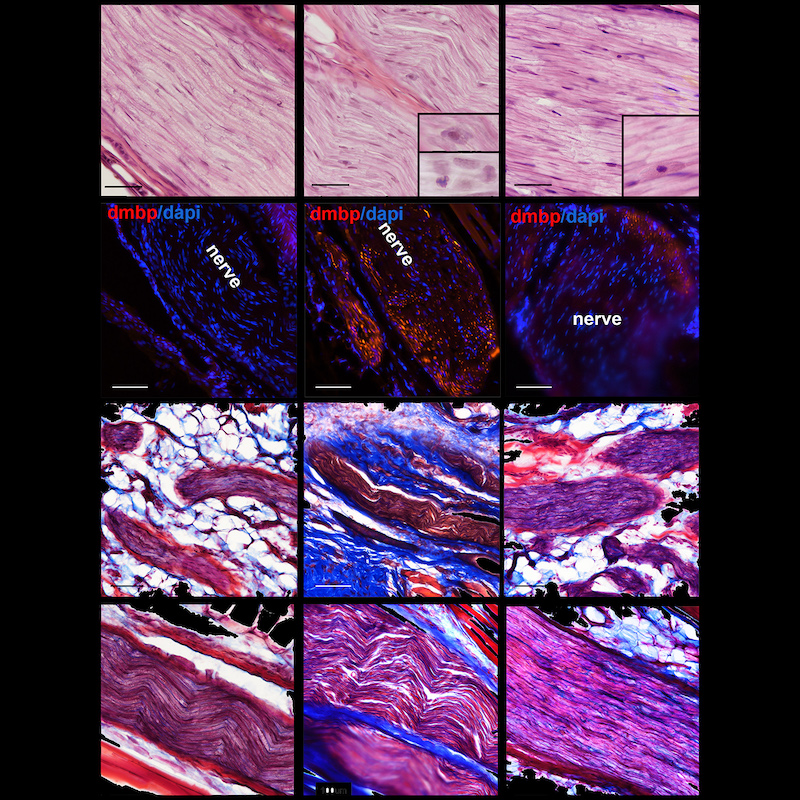Modeled Manual Therapy May Protect Against Repetitive Motion Pain, Rat Study Suggests

Data from a recent study in rats suggest that 3 weeks of modeled manual therapy (MMT) largely prevented the physiological processes and pain that often accompany a repetitive motion injury. The study, funded by the National Center for Complementary and Integrative Health, and conducted by researchers at the University of New England College of Osteopathic Medicine, the Lewis Katz School of Medicine at Temple University, and Squamish Integrated Health in British Columbia, Canada, was published in a recent issue of the journal Pain.
The researchers collected data from 34 rats divided into four groups: 1) 4 rats that served as controls (with free access to food); 2) 10 rats that trained for 5 weeks before performing a high-repetition high-force (HRHF) task for 3 weeks with no treatment; 3) 10 similarly trained rats that performed the HRHF task for 3 weeks while being treated three times per week with forelimb MMT; and 4) 10 age-matched and food-restricted control animals. MMT included bilateral mobilization and skin rolling of the forelimb and long-axis stretching of the entire upper limb.
HRHF rats with no MMT showed decreased task performance and increased discomfort-related behaviors. In comparison, rats in the HRHF group that received MMT to their forelimbs showed improved task performance and fewer discomfort-related behaviors. The researchers also observed that reflexive grip strength in the animals’ preferred limbs had declined when measured immediately after the training period in both the untreated HRHF rats and the MMT-treated HRHF rats. In the untreated HRHF rats, these declines were still evident 3 weeks later, but rats that received MMT had lesser declines after the 3 weeks of MMT. Data also suggested that HRHF rats that underwent MMT didn’t “favor” their affected limbs as much as the untreated HRHF rats.
Most novelly, the researchers also determined that, in comparison to control and MMT-treated rats, the untreated HRHF rats had a heightened proportion of ongoing nociceptor neuronal activity and altered conduction velocities. Median nerve branches in the untreated HRHF rats had larger numbers of CD68+ macrophages, more degraded myelin basic protein, and increased extraneural collagen deposition than in the other groups. The researchers note that their observations suggest that MMT attenuates the inflammation and thus all the subsequent changes in function and tissue pathology, possibly by reducing collagenous tethers between tissues and maintaining mobility between the forearm structures.
Reference
- Bove GM, Delany SP, Hobson L, et al. Manual therapy prevents onset of nociceptor activity, sensorimotor dysfunction, and neural fibrosis induced by a volitional repetitive task. Pain. 2019; 160:632-644.
Publication Date: March 1, 2019